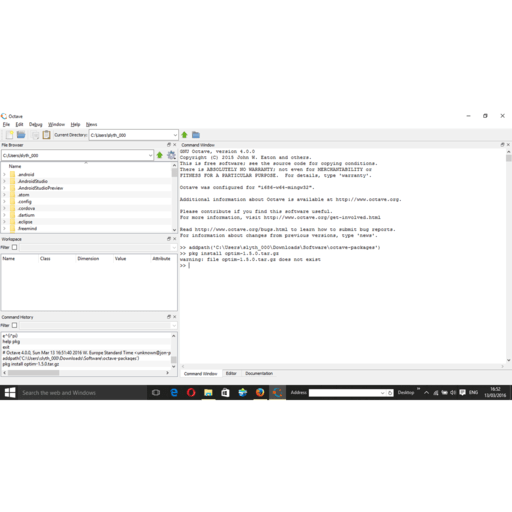

It can also be enlarged to three times its original size. If width/height of the loaded image is larger than 4,000 px, it will be shrunk to 4000 px. This tool can generate images with width and height of up to 8,000 pixels each. You can also set the browser to ask where to save the file before each downloading.
#OCTIVE PHOTOSTACK DOWNLOAD#
You can change the default download location. The default download location of most of browser is "Downloads" folder. The button will be available when there are uploaded images. Drag the mouse to change the text positions.Ĭlick the Generate image button (bottom left of operation screen) to download your edited image. Enter texts in the text fields to be displayed when clicking on "+" button to the right of "Add texts". (Up to three horizontally, up to three vertically)

A major scale degrees Note no.Online tool to merge several images into one.

In this case, the 7th note is called the subtonic.

In contrast, the A natural minor scale has a whole tone (two half-tones / semitones, two notes on the piano keyboard) between the 7th and 8th notes, and the 7th note does not lean towards the 8th note in the same way. The A harmonic minor scale and A melodic minor scale scales share the same property - they both have only one half-tone / semitone between the 7th and 8th notes. It does this because in this scale, the 7th note is only 1 semitone away from the 8th note - the octave note. In the major scale, the 7th note is called the leading note or leading tone because the sound of the 7th note feels like it wants to resolve and finish at the octave note, when all scale notes are played in sequence. 1st note is always tonic, 2nd is supertonic etc.), but obviously the note names will be different for each scale / key combination. Scale degree names 1,2,3,4,5,6, and 8 below are always the same for all major and minor scales (ie. This step shows the A major scale degrees - tonic, supertonic, mediant, subdominant, dominant, submediant, leading note / tone, and octave.In music theory, each note in this scale has what is called a scale degree name, which describes the relationship of that note to the tonic(1st) note. A major scale No.įor this major scale, all notes have a match, and so the Match? column shows the major scale note names. The 8th note - the octave note, will have the same name as the first note, the tonic note. If the natural white note can be found in the scale note, the scale note is written in the Match? column. Then list the 7 notes in the scale so far, shown in the next column.įor each of the 7 notes, look across and try to find the White note name in the Scale note name. To apply this rule, firstly list the white key names starting from the tonic, which are shown the White column below. a bass or treble clef), there is no possibility of having 2 G-type notes, for example, with one of the notes needing an accidental next to it on the staff (a sharp, flat or natural symbol). This is needed to ensure that when it comes to writing the scale notes on a musical staff (eg. The rule ensures that every position of a staff is used once and once only - whether that position be a note in a space, or a note on a line. The 7 unique notes in a scale need to be named such that each letter from A to G is used once only, so each note name is either a natural white name( A. This step tries to assign note names to the piano keys identified in the previous step, so that they can be written on a note staff in the Solution section. G# is the leading tone of the A major scale A major scale degrees Note no.ĭ is the subdominant of the A major scaleį# is the submediant of the A major scale The stave diagrams above shows the scale notes without a key signature, with the sharp / flat adjustments inserted before each note on the staff.įor the key signature of this scale, showing these symbols grouped correctly next to the bass or treble clef symbol at the beginning, have a look at the A major key signature. These note names are shown below on the treble clef followed by the bass clef. Middle C (midi note 60) is shown with an orange line under the 2nd note on the piano diagram. This major scale key is on the Circle of 5ths - A major on circle of 5ths, which means that it is a commonly used major scale key. It also shows the scale degree chart for all 8 notes. This step shows the ascending A major scale on the piano, treble clef and bass clef.


 0 kommentar(er)
0 kommentar(er)
